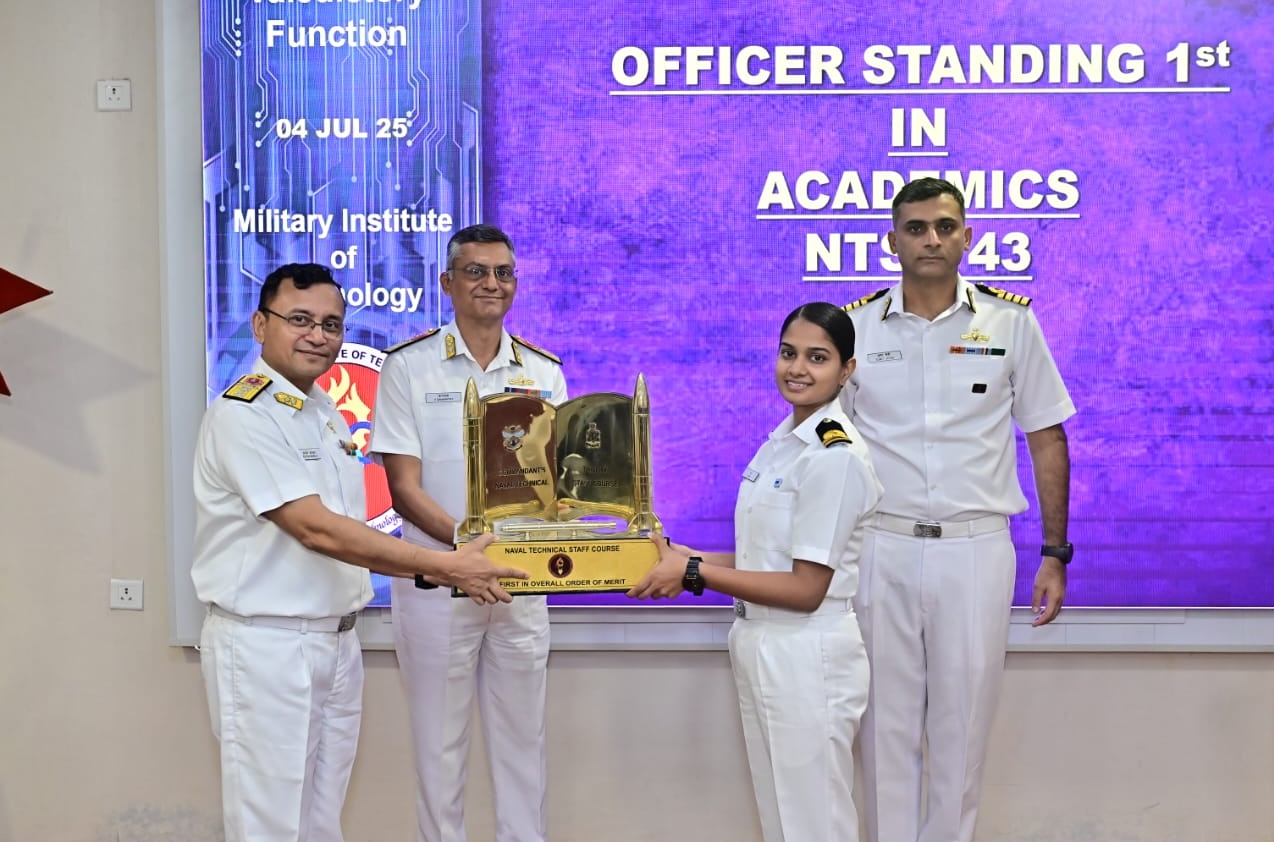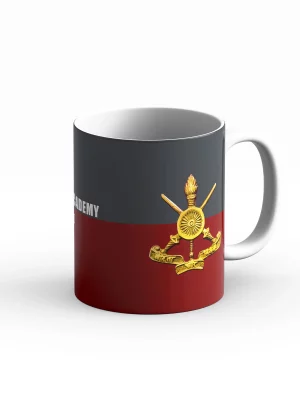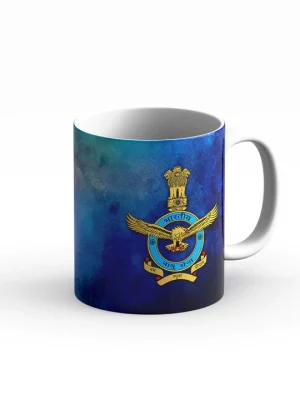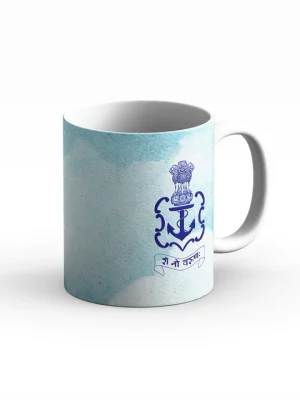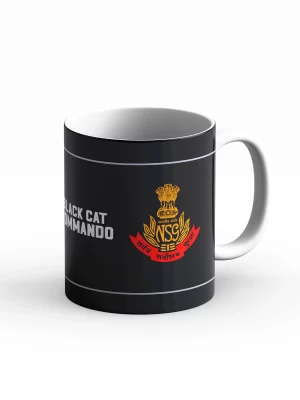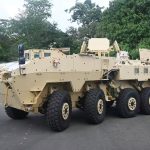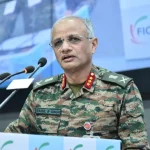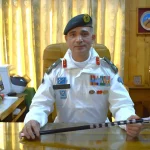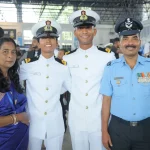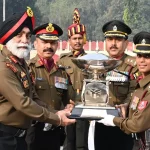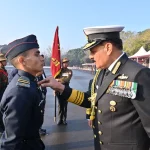Rear Admiral Rupak Barua, Director General of Naval Armament Inspection, presided over the valedictory ceremony of the 43rd Naval Technical Staff Course (NTSC-43) at the Military Institute of Technology (MILIT), Pune. The ceremony marked the successful completion of a key technical training programme aimed at enhancing the Indian Navy’s operational capabilities through advanced technological expertise.
Appointed to his current role on July 1, 2024, Rear Admiral Barua addressed the graduating officers and emphasized the critical importance of integrating niche technologies such as advanced information systems and information security into naval operations. He urged officers to apply these skills in future deployments, in line with the global shift towards technology-driven warfare. His remarks echoed findings from a RAND Corporation study that showed militaries embracing specialized technologies can boost efficiency by up to 30% in high-risk operational zones.
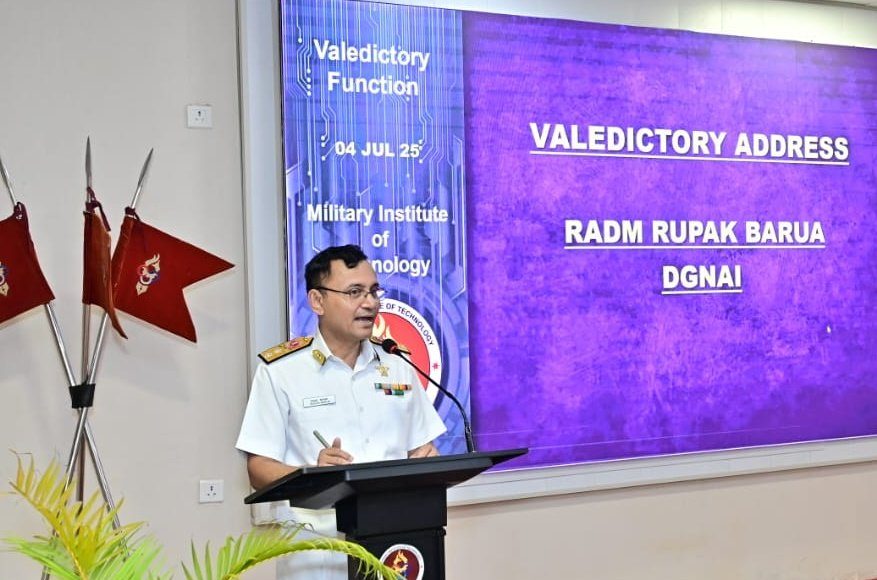
The event also celebrated individual academic achievements. Lt Sriponmalar P was felicitated for securing the first position in academics, while Lt Priya Nandal received recognition for her outstanding dissertation. Their accomplishments highlight the growing presence of women in the Navy, where female officers now constitute 2.5% of the corps—a steady rise since their induction began in 1992.
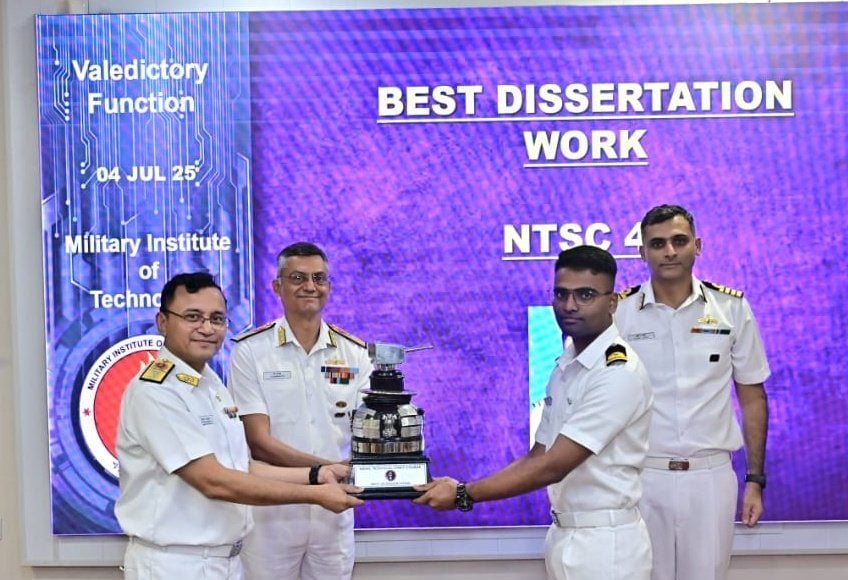
The NTSC-43 is one of MILIT’s flagship courses, designed to equip naval officers with the latest skills in defense technologies. The institute, established in 1952 as the Institute of Armament Studies, has grown into a tri-services training centre offering 23 different courses, ranging from short-term modules to nearly year-long programmes. The focus remains on future-oriented training, supporting India’s push toward defence indigenization and maritime readiness.
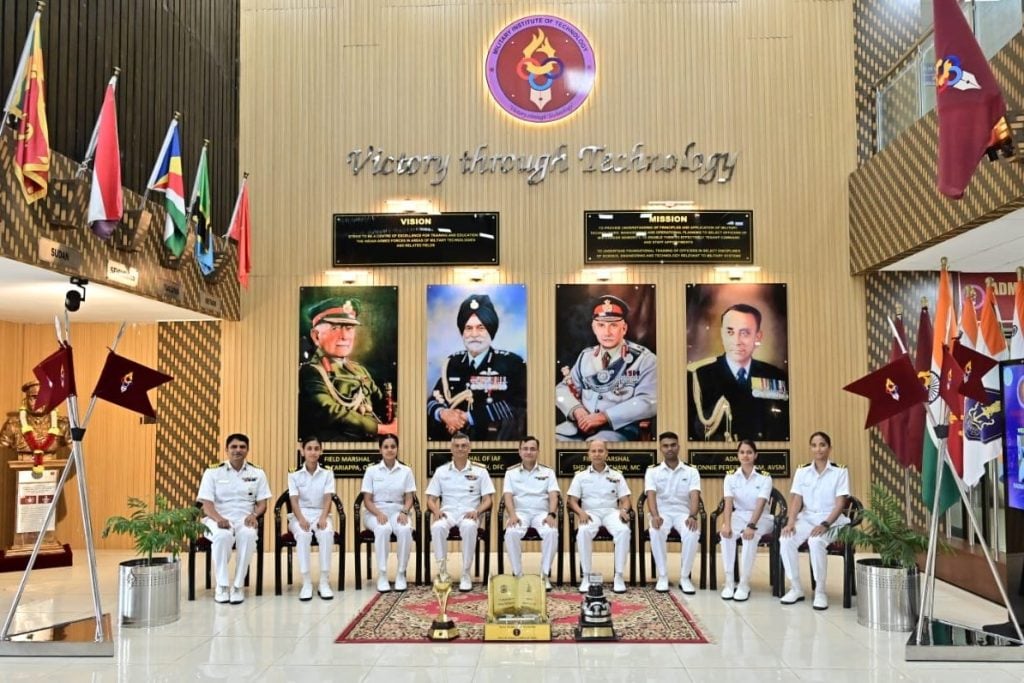
Rear Admiral Barua’s participation in the ceremony underscored his commitment to fostering technological innovation and preparing naval officers for increasingly complex strategic environments, especially in the Indo-Pacific, a region where 60% of global maritime trade flows. His leadership is expected to play a key role in aligning the Navy’s training and armament inspection systems with emerging global standards.

